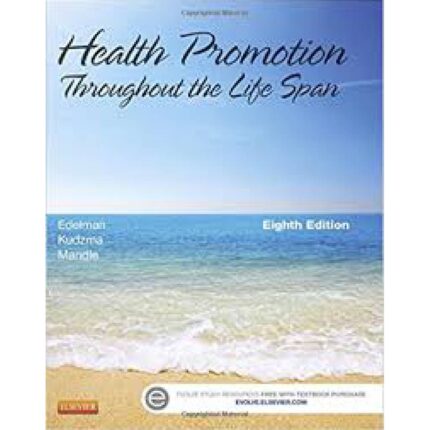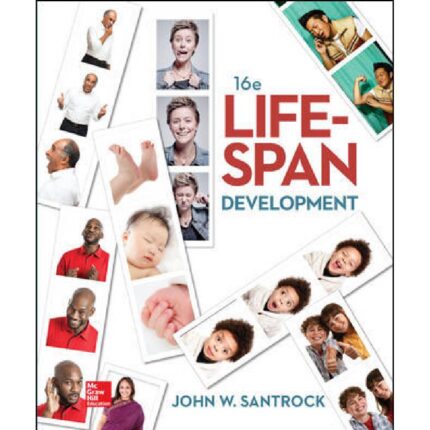Chapter 11: Nutrition Counseling for Health Promotion
Test Bank
MULTIPLE CHOICE
1. Which of the following is the most important risk factor for stroke in the American population?
a. Type 1 diabetes mellitus
b. Type 2 diabetes mellitus
c. Hypertension
d. Arteriosclerosis
ANS: C
Hypertension is recognized as the leading risk factor for stroke and is a major risk factor for coronary heart disease. Types 1 and 2 diabetes increase the risk for stroke by causing hypertension. Arteriosclerosis more specifically increases the risk for coronary artery disease, although it can also lead to hypertension.
DIF: Cognitive Level: Knowledge REF: 262
2. The Dietary Reference Intakes (DRI):
a. Are used to monitor deficiencies in nutritional intakes of obese populations
b. Are used to establish minimal amounts of nutrients needed to protect against nutrient deficiency
c. Are used to plan and assess diets of healthy people
d. Set minimal guidelines to reduce risk for adverse health from inadequate consumption of nutrients
ANS: C
The DRI are a set of values for the dietary nutrient intakes of healthy people in the United States and Canada. They are used for planning and assessing diets. The four sets of values included in the DRI are Recommended Daily Allowance (RDA), Adequate Intake, Estimated Average Requirement, and Tolerable Upper Intake Levels. The previous RDA, which existed before 1997, established minimal amounts of nutrients needed to protect against nutrient deficiency.
DIF: Cognitive Level: Knowledge REF: 263
3. Your client, a 37-year-old woman, asks whether she should take a daily nutritional supplement. What is the best answer for this client?
a. Postmenopausal females should take a calcium supplement to prevent osteoporosis.
b. Many people use supplements as drugs instead of as supplements.
c. Supplements can enhance the medications that you take.
d. The best way to obtain nutrients is by eating a variety of foods.
ANS: D
Although options A, B, and C have some basis in the literature, the recommended way to obtain nutrients is by eating a variety of foods.
DIF: Cognitive Level: Application REF: 268
4. The 2005 Dietary Guidelines for Americans place a stronger emphasis on:
a. Regular exercise, weight loss, and healthy hearts
b. Aiming for fitness, building a healthy base, and choosing a sensible diet
c. Calorie control and physical fitness
d. Healthy hearts, healthy minds, and healthy spirits
ANS: C
The 2005 Dietary Guidelines place a stronger emphasis on calorie control and physical fitness, on the basis of evidence that points to ways to promote health and lower the risk for chronic conditions.
DIF: Cognitive Level: Knowledge REF: 263-265
5. Which of the following has a modifiable, nutrition-related risk factor for stroke?
a. Black man, age 65, with low salt intake
b. White woman, age 32, eating regularly according to food guidance system recommendations
c. Russian man with daily 3 oz. of vodka intake
d. Hispanic man, age 42, who exercises regularly
ANS: C
Modifiable risk factors are those that the person can control. Race, age, and gender are nonmodifiable risk factors. Habitual alcohol intake is a modifiable risk factor for stroke.
DIF: Cognitive Level: Synthesis REF: 277
6. Which of the following statements would require the nurse to provide more education to a client with heart disease?
a. “I add a few shakes of salt occasionally to my food.”
b. “I try not to eat foods that have added salt on the label.”
c. “I eat American cheese about once every 2 weeks.”
d. “I eat bacon or ham and eggs for breakfast every day.”
ANS: D
Animal products are a natural source of sodium. Sodium ingestion leads to retention of fluids and may be harmful to the cardiovascular system of someone who has heart disease.
DIF: Cognitive Level: Synthesis REF: 277
7. Which of the following clients is at greatest risk for a hip fracture secondary to osteoporosis?
a. A 66-year-old White woman
b. A 66-year-old Black woman
c. A 66-year-old White man
d. A 66-year-old Black man
ANS: A
White postmenopausal women have the greatest prevalence of osteoporosis and incidence of hip fracture by gender and race.
DIF: Cognitive Level: Knowledge REF: 279
8. Which of the following is the most important component of diabetes care in terms of preventing the complications of diabetes?
a. Insulin therapy
b. Oral hypoglycemic medication
c. Monitoring blood glucose daily
d. Medical nutrition therapy
ANS: D
Medicine may be used to control blood glucose level, and measuring the blood glucose daily helps in controlling its level. But the key to maintaining diabetic control is individualized medical nutrition therapy, the purpose of which is to delay or prevent diabetic complications.
DIF: Cognitive Level: Knowledge REF: 283-286












Reviews
There are no reviews yet.